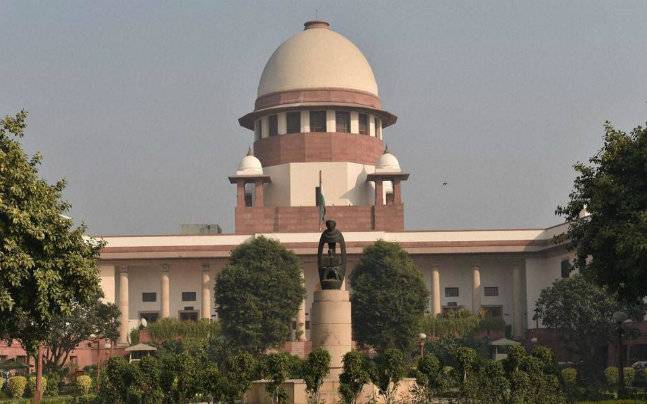
On February 6, the Supreme Court collegium recommended that nine high court judges be appointed as chief justices of various high courts. The move seems to follow an earlier recommendation, made the previous week, to appoint five HC judges to the apex court.
Together, these moves have been hailed as a breakthrough in the ongoing impasse between the judiciary and the executive. Arguably, till the executive confirms these appointments, the only breakthrough is that the collegium has recommended names to the SC for the first time since December 2015!
So, what would a real breakthrough on judicial appointments look like? The approval of the Memorandum of Procedure outlining the protocol of consultation between the executive and the judiciary would be a good first step.
However, the recent controversies over the five names recommended to the Supreme Court suggest that a legitimate judicial appointment process remains as distant as ever.
The exclusion of Justice K.M. Joseph was strongly criticised in a dissenting note filed by Justice J. Chelameswar, who contended that he was an exceptional judge. The opacity of the current collegium process, and subsequent negotiation with the executive, leaves open the possibility that the executive may be uncomfortable with Justice Joseph’s ruling to reverse the Centre’s decision to impose President’s rule in Uttarakhand.
Last week, the US President nominated his pick for the US Supreme Court.
This announcement has sparked sharp assessments of the academic, professional and judicial qualities of the nominee as well as allegations that the Senate, by stalling President Obama’s nominee, has stolen a Supreme Court seat. The partisan rancour of US wrangling over judicial appointments occludes the deliberative and transparent nature of the judicial appointment process. A real breakthrough in judicial appointments is possible only if the collegium process is modified to allow for transparency and public participation.
This article was originally published in India Today, on February 11th, 2017.
